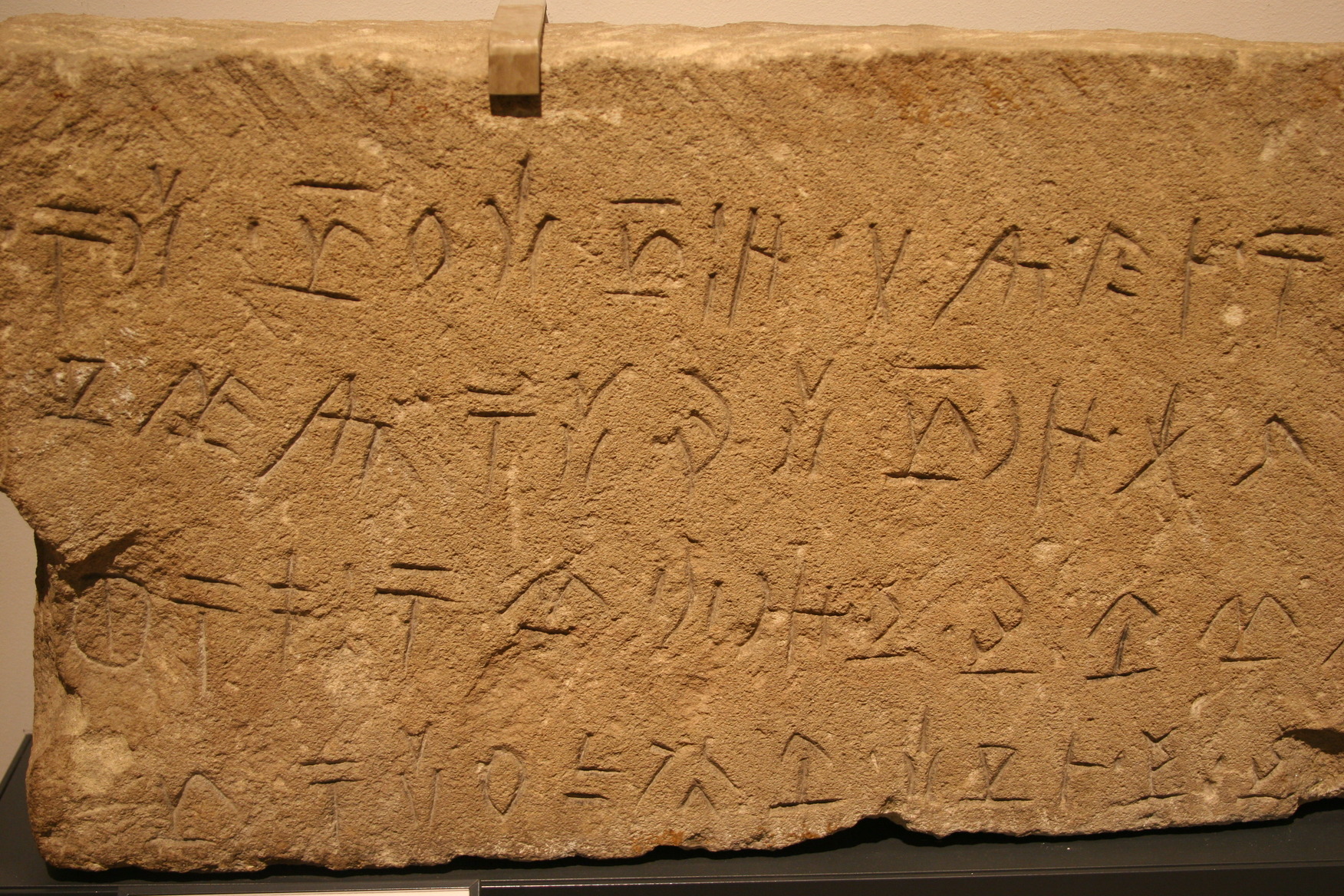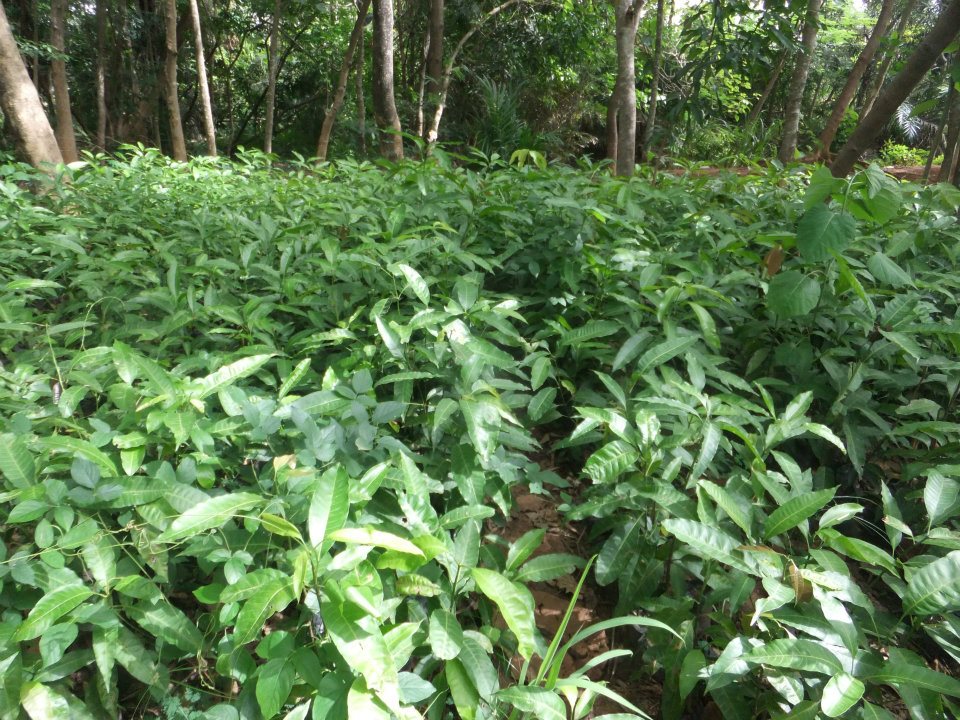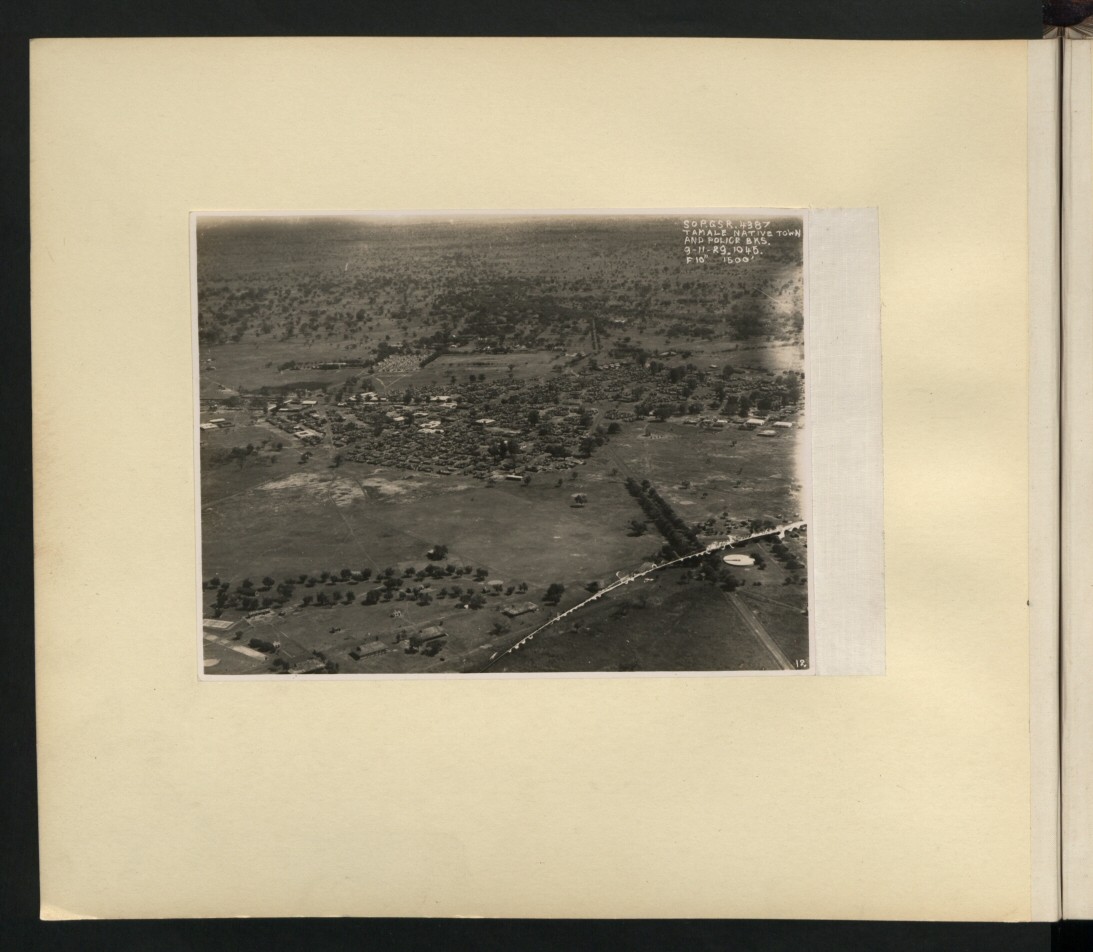|
Mprε Language
Mprε or Mpra is an extinct language spoken in the village of Butei () in central Ghana, located between the towns of Techiman and Tamale near the confluence of the Black and White Voltas. Mprε has been difficult to classify due to its divergent vocabulary. It is known only from a 70-word list given in a 1931 article. Blench (2007) considers it to be a possible language isolate. A poorly attested language spoken in the nearby village of Tuluwe, Mpur, may also turn out to be yet another language isolate. Both Butie and Tuluwe are located near the village of Mpaha. Painter (1967) briefly states that " has died" and that the ethnic group ("the Nnyamase-mprɛ") have "become Nnyamase-Gonja"; he appears to regard it as having been a dialect of Gonja. However, this is based only on the numerals, which are clearly related to Gonja. The rest of the vocabulary is "hard to recognise" (Williamson & Blench, 2000:36). Blench (2010) presents it as a possible Kwa language The Kwa langua ... [...More Info...] [...Related Items...] OR: [Wikipedia] [Google] [Baidu] |
Ghana
Ghana, officially the Republic of Ghana, is a country in West Africa. It is situated along the Gulf of Guinea and the Atlantic Ocean to the south, and shares borders with Côte d’Ivoire to the west, Burkina Faso to the north, and Togo to the east. Ghana covers an area of , spanning diverse ecologies, from coastal savannas to tropical rainforests. With nearly 35 million inhabitants, Ghana is the second-most populous country in West Africa. The capital and largest city is Accra; other significant cities include Tema, Kumasi, Sunyani, Ho, Cape Coast, Techiman, Tamale, and Sekondi-Takoradi. The earliest kingdoms to emerge in Ghana were Bonoman in the south and the Kingdom of Dagbon in the north, with Bonoman existing in the area during the 11th century. The Asante Empire and other Akan kingdoms in the south emerged over the centuries. Beginning in the 15th century, the Portuguese Empire, followed by other European powers, contested the area for trading r ... [...More Info...] [...Related Items...] OR: [Wikipedia] [Google] [Baidu] |
Volta–Congo Languages
Volta–Congo is a major branch of the Atlantic–Congo family. It includes all Atlantic-Congo except the families of the erstwhile Atlantic and Kordofanian branches and possibly Senufo. In the infobox at the right, the languages which appear to be the most divergent (including the dubious Senufo) are placed at the top, whereas those closer to the core (the similar "Benue–Kwa" branches of Kwa, Volta–Niger and Benue–Congo) are near the bottom.Roger BlenchNiger-Congo: an alternative view/ref> If the Kwa or Savannas branches prove to be invalid, the tree will be even more crowded. Classification Comparative linguistic research by John M. Stewart in the sixties and seventies helped establish the genetic unity of Volta–Congo and shed light on its internal structure, but the results remain tentative. Williamson and Blench (2000) note that in many cases it is difficult to draw clear lines between the branches of Volta–Congo and suggest that this might indicate the ... [...More Info...] [...Related Items...] OR: [Wikipedia] [Google] [Baidu] |
Extinct Language
An extinct language or dead language is a language with no living native speakers. A dormant language is a dead language that still serves as a symbol of ethnic identity to an ethnic group; these languages are often undergoing a process of revitalisation. Languages that have first-language speakers are known as modern or living languages to contrast them with dead languages, especially in educational contexts. Languages have typically become extinct as a result of the process of cultural assimilation leading to language shift, and the gradual abandonment of a native language in favor of a foreign ''lingua franca''. As of the 2000s, a total of roughly 7,000 natively spoken languages existed worldwide. Most of these are minor languages in danger of extinction; one estimate published in 2004 expected that some 90% of the languages spoken at that time will have become extinct by 2050. Language death Normally the transition from a spoken to an extinct language occurs when a ... [...More Info...] [...Related Items...] OR: [Wikipedia] [Google] [Baidu] |
Techiman
Techiman (Akan language, Akan: ''Takyiman'') is a city and the capital of the Techiman Municipal District, Techiman Metropolitan District and the Bono East Region of Ghana. The city is located about from Sunyani and about away from Kumasi. It has a tropical savanna climate, experiencing two wet seasons and a dry season. Techiman has a population of 67,241 as of the 2010 census released by the Ghana Statistical Service. The majority of ethnic groups in the city included the Akan people, Akan, Bono people, Bono, Gonja people, Gonja, Dagomba people, Dagomba, Sisala, and Mamprusi people. The mayor of the city's metropolitan, as of 2021 is Benjamin Yaw Gyarko. The city was formally founded in 1740 and officially established as the Bono-Tekyiman state in the 1940s, after the Bono state's capital Bono Manso was taken over in 1723. After a 2018 Ghanaian new regions referendum, referendum in 2018 was passed with the focus of creating new regions in Ghana, Techiman was selected to be t ... [...More Info...] [...Related Items...] OR: [Wikipedia] [Google] [Baidu] |
Tamale, Ghana
Tamale () is the capital city of the Northern Region of Ghana. It is Ghana's third largest city, with a population of 371,351 people (as of 2010). The city has been ranked as the fastest-growing city in West Africa. Tamale is located in the Kingdom of Dagbon, Ghana's oldest Kingdom. Major ethnic groups who resided in Tamale are Dagomba, Gonja, Mamprusi, Akan, and Dagaaba. The city grew from a small village to an important economic center in the Northern Territories after the British had established administrative headquarters in the area. It became the capital of the Northern Region in 1960. The biggest economic sector of Tamale is agriculture, followed by trading, teaching, and manufacturing. Tamale boasts a thriving artistic and literary scene, evident in its numerous art studios, poets, and musicians. Numerous art studios are scattered throughout the urban landscape. Annual festivals are celebrated all around the city, such as fire festival, Eid ul-Fitr, Eid Adha an ... [...More Info...] [...Related Items...] OR: [Wikipedia] [Google] [Baidu] |
Black Volta
The Black Volta or Mouhoun ( French: ''Volta noire'') is a river that flows through Burkina Faso for approximately 1,352 km (840 mi) to the White Volta in Dagbon, Ghana, the upper end of Lake Volta. It is one of the three main parts of the Volta, with the White Volta and the Red Volta. The source of the Black Volta is in the Cascades Region of Burkina Faso, close to Mount Tenakourou, the highest point of the country. Further downstream it forms part of the border between Ghana and Burkina Faso, and later between Ivory Coast and Ghana. Within Ghana, it marks the border between the Savannah and Bono regions. The Bui Dam, a hydroelectric Hydroelectricity, or hydroelectric power, is Electricity generation, electricity generated from hydropower (water power). Hydropower supplies 15% of the world's electricity, almost 4,210 TWh in 2023, which is more than all other Renewable energ ... power plant, is built on the river, just south of the Bui National Park, whi ... [...More Info...] [...Related Items...] OR: [Wikipedia] [Google] [Baidu] |
White Volta
The White Volta or Nakambé ( French: ''Volta blanche'') is the headstream of the Volta River, Ghana's main waterway. The White Volta emerges in northern Burkina Faso, flows through Northern Ghana and empties into Lake Volta in Ghana. The White Volta's main tributaries A tributary, or an ''affluent'', is a stream or river that flows into a larger stream ('' main stem'' or ''"parent"''), river, or a lake. A tributary does not flow directly into a sea or ocean. Tributaries, and the main stem river into which the ... are the Black Volta and the Red Volta. Impact The White Volta is a major source of drinking water for many communities along its banks and further away from the water channel. lt also causes seasonal flooding to many of the communities along its banks. References Volta River Rivers of Ghana Rivers of Burkina Faso Lake Volta International rivers of Africa {{BurkinaFaso-river-stub de:Volta (Fluss)#Weißer Volta ... [...More Info...] [...Related Items...] OR: [Wikipedia] [Google] [Baidu] |
Language Isolate
A language isolate is a language that has no demonstrable genetic relationship with any other languages. Basque in Europe, Ainu and Burushaski in Asia, Sandawe in Africa, Haida and Zuni in North America, Kanoê in South America, and Tiwi in Oceania are all examples of such languages. The exact number of language isolates is yet unknown due to insufficient data on several languages. One explanation for the existence of language isolates is that they might be the last remaining member of a larger language family. Such languages might have had relatives in the past that have since disappeared without being documented, leaving them an orphaned language. One example is the Ket language spoken in central Siberia, which belongs to the wider Yeniseian language family; had it been discovered in recent times independently from its now extinct relatives, such as Yugh and Kott, it would have been classified as an isolate. Another explanation for language isolates is that they aro ... [...More Info...] [...Related Items...] OR: [Wikipedia] [Google] [Baidu] |
Mpur Language (Ghana)
Mpur is an unclassified and unattested language once spoken in the village of Tuluwe at the confluence of the Black and White Volta The White Volta or Nakambé ( French: ''Volta blanche'') is the headstream of the Volta River, Ghana's main waterway. The White Volta emerges in northern Burkina Faso, flows through Northern Ghana and empties into Lake Volta in Ghana. The White V ...s, and in Kusawgu Division.Blench, Roger (2007) Recovering data on Mpra (Mpre) a possible language isolate in North-Central Ghana' It is near the poorly attested language Mpra spoken in the nearby village of Butie, which may turn out to be a language isolate, though the Mpra people come from further west. References {{Languages of Ghana Languages of Ghana Unclassified languages of Africa Languages extinct in the 1960s ... [...More Info...] [...Related Items...] OR: [Wikipedia] [Google] [Baidu] |
Gonja Language
The Gonja language, properly called Ngbanya or Ngbanyito, is a North Guang language spoken by an estimated 230,000 people, almost all of whom are of the Gonja ethnic group of northern Ghana Ghana, officially the Republic of Ghana, is a country in West Africa. It is situated along the Gulf of Guinea and the Atlantic Ocean to the south, and shares borders with Côte d’Ivoire to the west, Burkina Faso to the north, and Togo to t .... Related to Guang languages in the south of Ghana, it is spoken by about a third of the population in the northern region. The Brong-Ahafo and Volta regions lie to the south of the Gonja-speaking area, while Dagombas, Mamprussis and Walas are to the north.Kropp Dakubu, M.E. (editor), ''The Languages of Ghana''. Kegan Paul International, London, for the International African Institute. 1988. Its dialects are Gonja and Choruba. Alphabet Vowels used are: ''a,e,i,o,ɔ,u,ɛ''. Consonants include: ''ch'' '', ŋm, ny, gb, kp, sh'' . Pronouns Perso ... [...More Info...] [...Related Items...] OR: [Wikipedia] [Google] [Baidu] |



